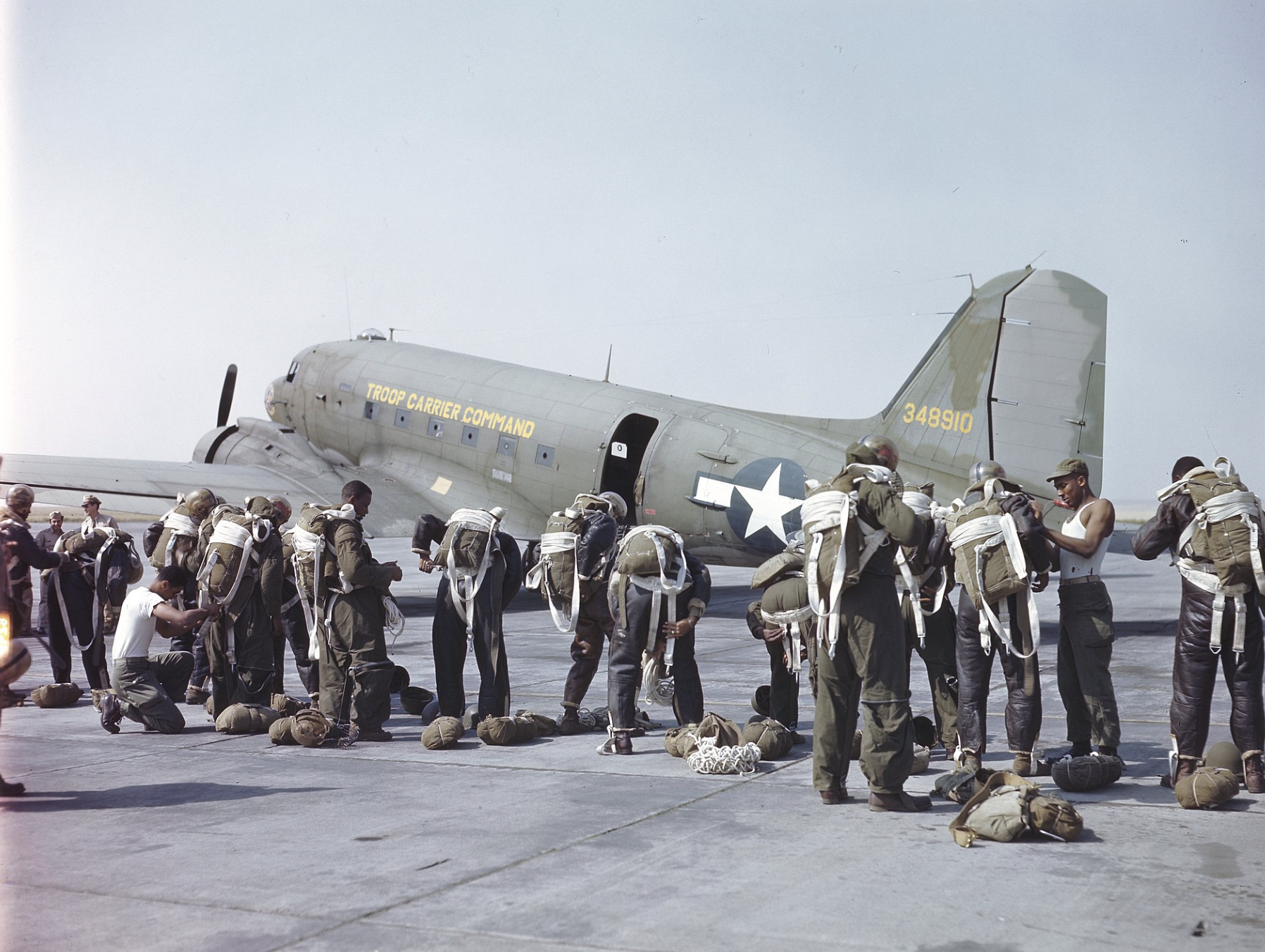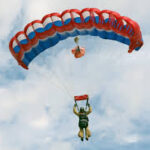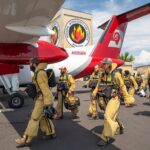
The fires in Canada persist, with nearly 400 reported in British Columbia during the week of July 10, 2023, as per CNN. However, British Columbia has a unique asset in combating wildfires that other provinces lack: smokejumpers.
But what exactly is a smokejumper, and how does one become one? Read on to discover everything about this remarkable firefighting profession.
Understanding Smokejumpers: Smokejumpers are firefighters who leap from planes and parachute into the heart of a wildfire to combat the flames up close. Typically working in teams of up to 12, smokejumpers use natural resources to attack wildfires, with their necessary equipment dropped into the fire zone by planes.

Being a wildfire firefighter requires a special kind of person who can face extreme heat while battling to contain the fire’s spread. Smokejumpers are the elite of wildfire firefighters, akin to what Green Berets are to the Army Forces. With an average of six years of experience fighting wildfires, they bring exceptional expertise to the field.
In addition to wildfires, smokejumpers are involved in controlling environmental fires, ensuring they stay within defined boundaries to prevent further danger to property and wildlife.
As of July 2023, British Columbia boasts 67 smokejumpers, aided by American counterparts from the U.S. Forest Service and Bureau of Land Management, according to AP News. The National Interagency Fire Center (NIFC) states that approximately 450 smokejumpers in the U.S. operate from nine bases across the western part of the country.
Becoming a Smokejumper: Not every wildfire firefighter is suited for the role of a smokejumper. To enter the smokejumper training program, firefighters need prior experience in battling wildfires. Potential smokejumpers should also be adrenaline junkies comfortable with parachuting into fires from heights of 1,500 to 3,000 feet.

“I’ve kind of always been a thrill seeker,” shared smokejumper Dan Frittenburg from the North Peace Smokejumpers in BC. Setting a Canadian record of 100 jumps, Frittenburg emphasized the perpetual feeling in the pit of one’s stomach as a positive force, keeping individuals alert to potential mistakes.
Physical fitness is paramount for smokejumpers, who carry around 85 pounds of equipment when jumping from planes, according to the NIFC. Additional qualifications, outlined by the U.S. Forest Service, include experience with tools, chainsaws, and portable pumps, familiarity with safe work procedures, knowledge of basic first aid, and at least one season (3 months) of specialized wildland fire suppression work.
The Forest Service emphasizes that entry-level smokejumper positions are not entry-level firefighting roles. NIFC notes that smokejumper training spans about five weeks, and 30 to 50 percent of trainees may not successfully complete the rigorous program.
Compensation for Smokejumpers: The average base pay for firefighters, including smokejumpers, is approximately $50,839 per year, as reported by Indeed.com. Smokejumpers may also receive hazard pay, amounting to up to 25 percent of their base pay, according to Indeed.com.






